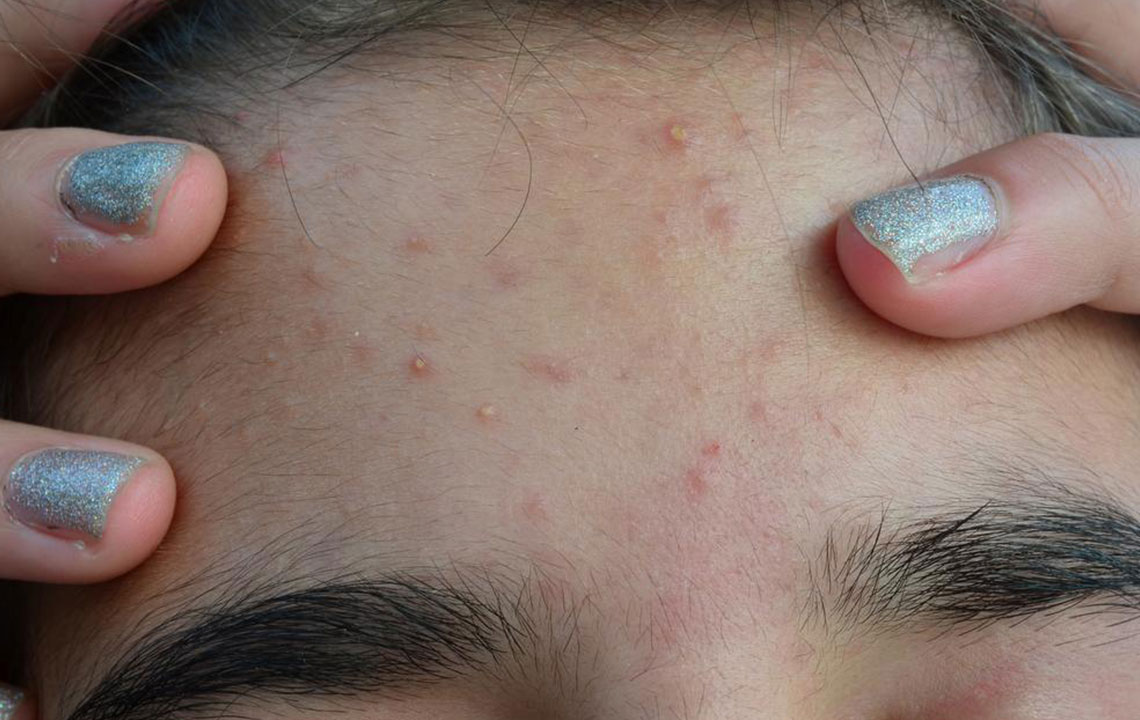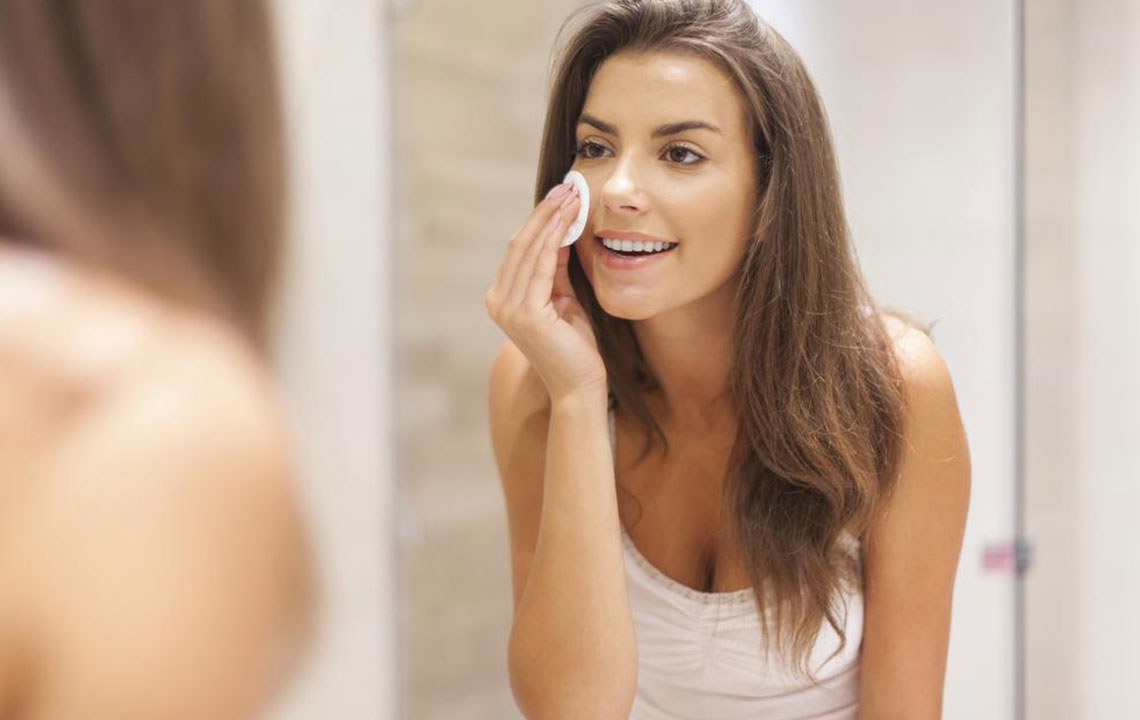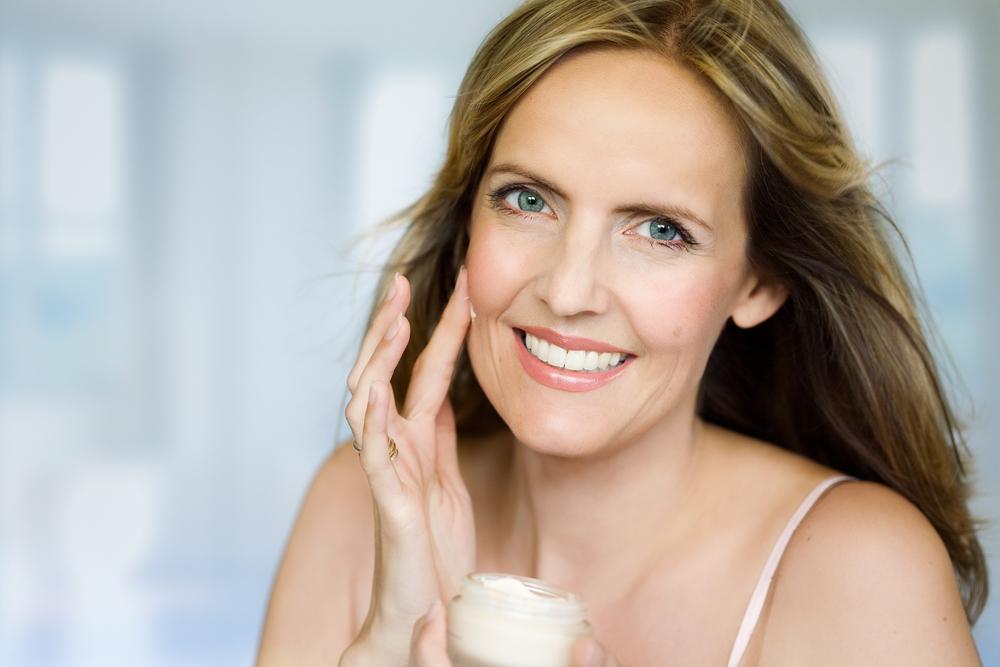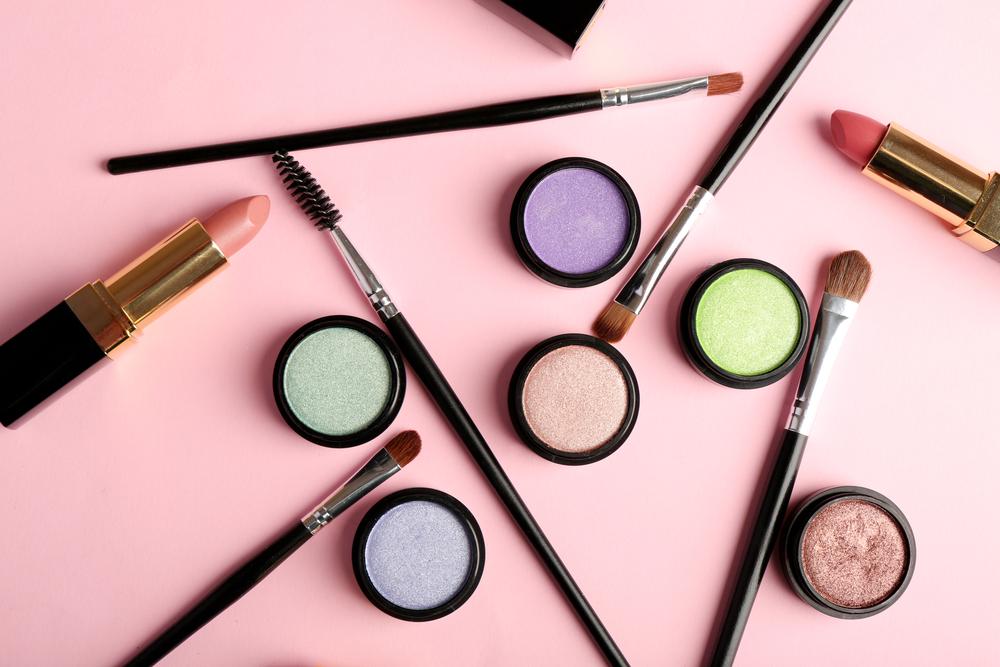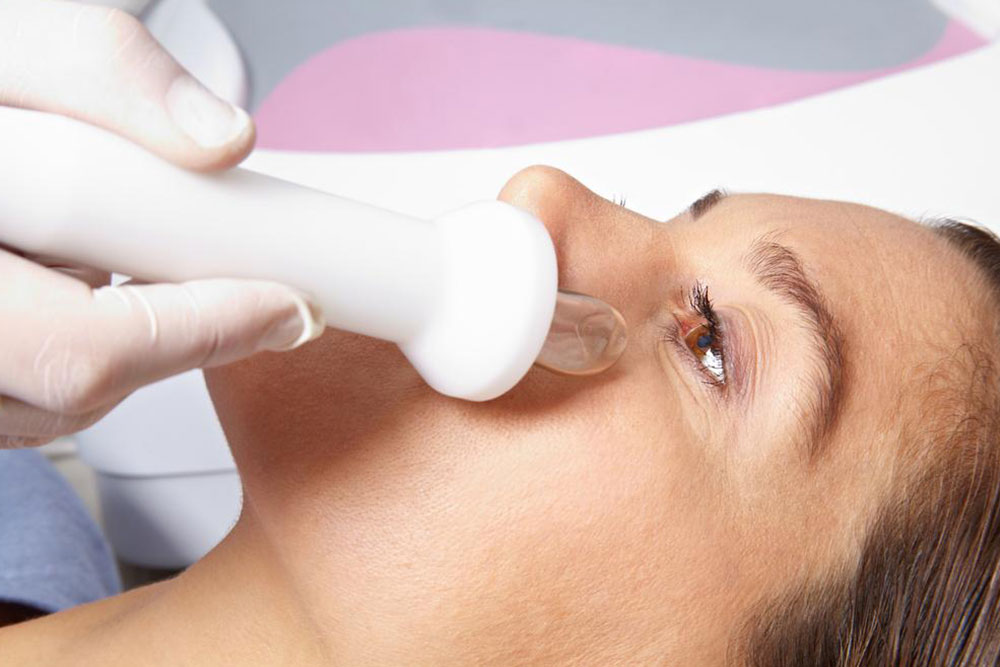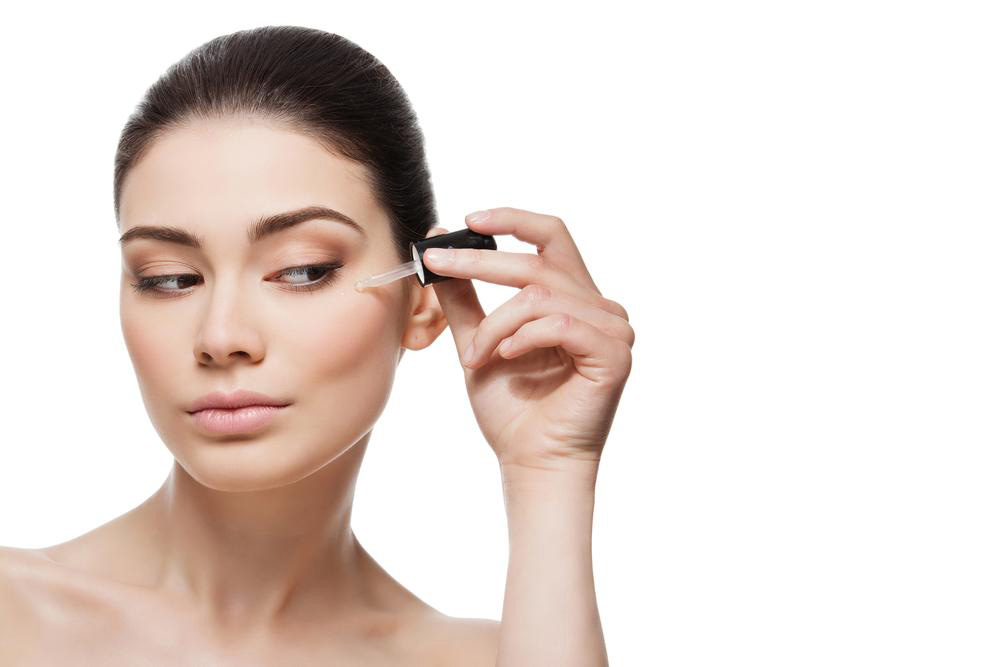Top Strategies for Clear and Acne-Free Skin
Discover the most effective acne treatment options in 2017, including over-the-counter solutions, steroid injections, light therapies, and retinoids. Learn how these methods target bacteria, unclog pores, and reduce inflammation for clearer skin.
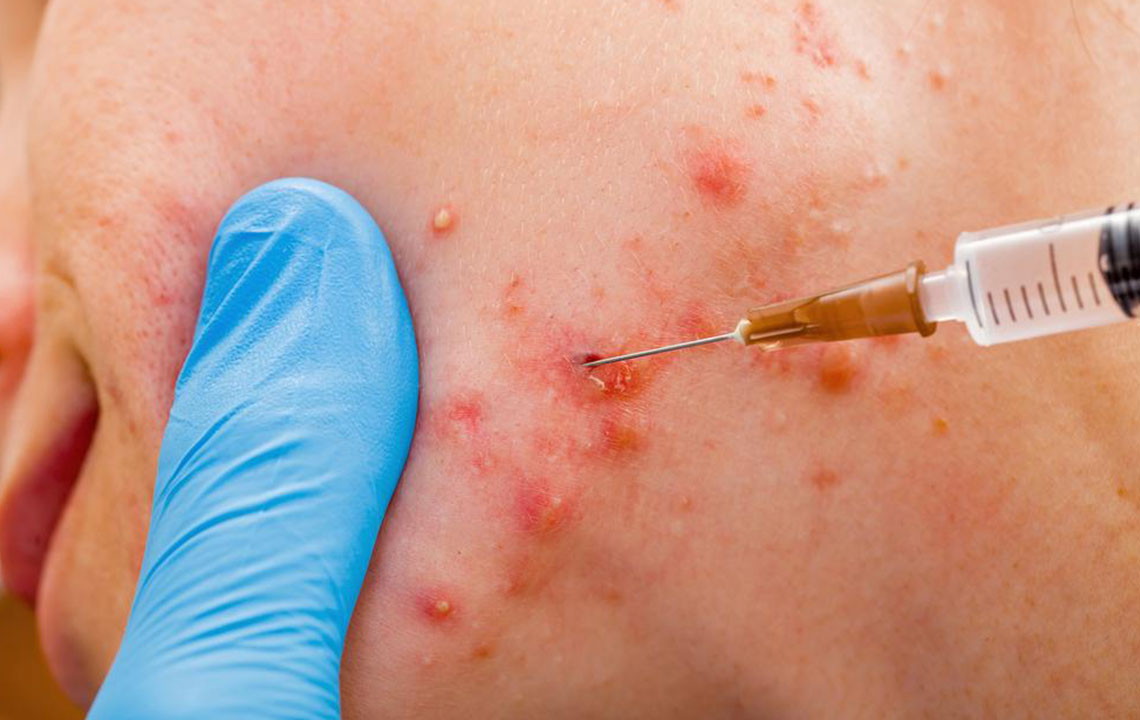
Top Strategies for Clear and Acne-Free Skin
Acne, medically known as "Acne Vulgaris," is a chronic skin condition resulting in pimples, blackheads, whiteheads, and sometimes cysts. Human skin contains numerous tiny, invisible hair follicles called pores, which include oil-producing glands known as sebaceous glands. These glands produce sebum to keep skin hydrated. When excess sebum, combined with dead skin cells, clogs a pore, it can lead to blockage and acne formation. Bacterial growth within pores can cause redness and swelling, further aggravating the condition.
Effective treatments are crucial for managing acne. Here are some top methods to combat this common skin issue:
2017 featured several effective acne solutions, including over-the-counter products, targeted therapies, and prescription treatments:
OTC Acne Products: These include gels, creams, and washes containing ingredients like benzoyl peroxide, salicylic acid, azelaic acid, and sulfur—each offering unique benefits in reducing bacteria, unclogging pores, and decreasing inflammation.
Benzoyl Peroxide: An FDA-approved component that kills P. acnes bacteria rapidly and helps eliminate dead skin buildup. Suitable for most skin types but may bleach fabrics and light skin tones.
Salicylic Acid: A beta hydroxy acid that penetrates pores to clear blockages, reduce bacteria, and soothe inflammation. It can cause stinging in sensitive skin.
Azelaic Acid: Useful for mild to moderate acne, it reduces skin cell buildup and has anti-inflammatory effects, though it may cause irritation in some individuals.
Sulfur: Helps dry excess oil, remove dead skin, and fight bacteria. It may emit a strong odor but works effectively for those who tolerate it.
Corticosteroid Shots: Suitable for cystic acne, these injections rapidly reduce inflammation and cyst size within hours but do not target bacteria.
Light-Based Therapies: Photodynamic therapy with blue light uses a photosensitizing solution followed by light exposure to target and destroy acne bacteria and lesions effectively.
Retinoids and Vitamin A Derivatives: Topical treatments like tretinoin, adapalene, and retinol, along with oral isotretinoin for severe cases, help unblock pores, control sebum production, and prevent new breakouts. Side effects include skin dryness or redness and, for oral forms, pregnancy risks and mood changes.
Note: Our blog shares valuable insights based on research but should not replace professional medical advice. Readers should consult healthcare providers for personalized skin care solutions. We cannot guarantee the accuracy of all data or promotional offers on other platforms.

